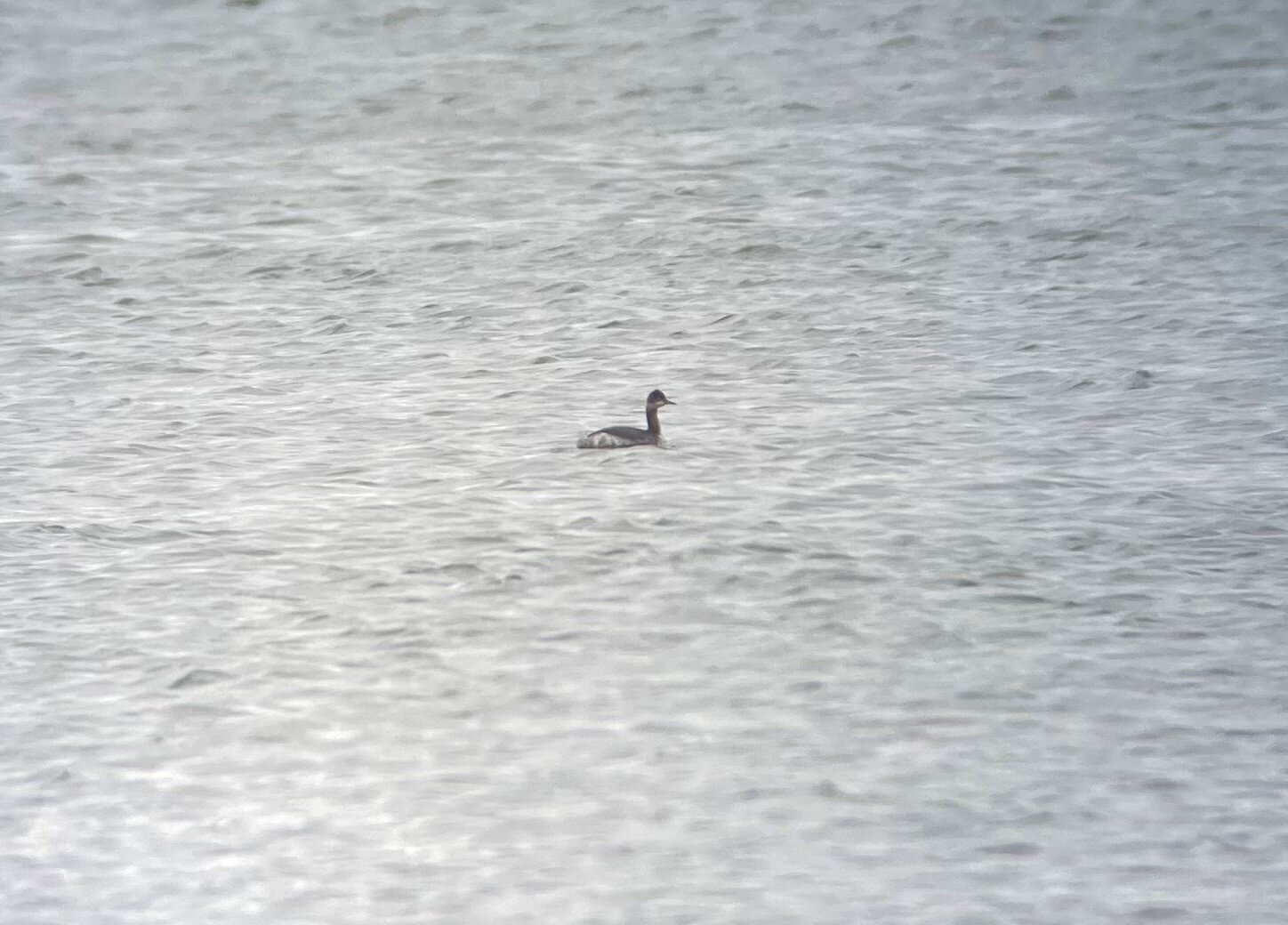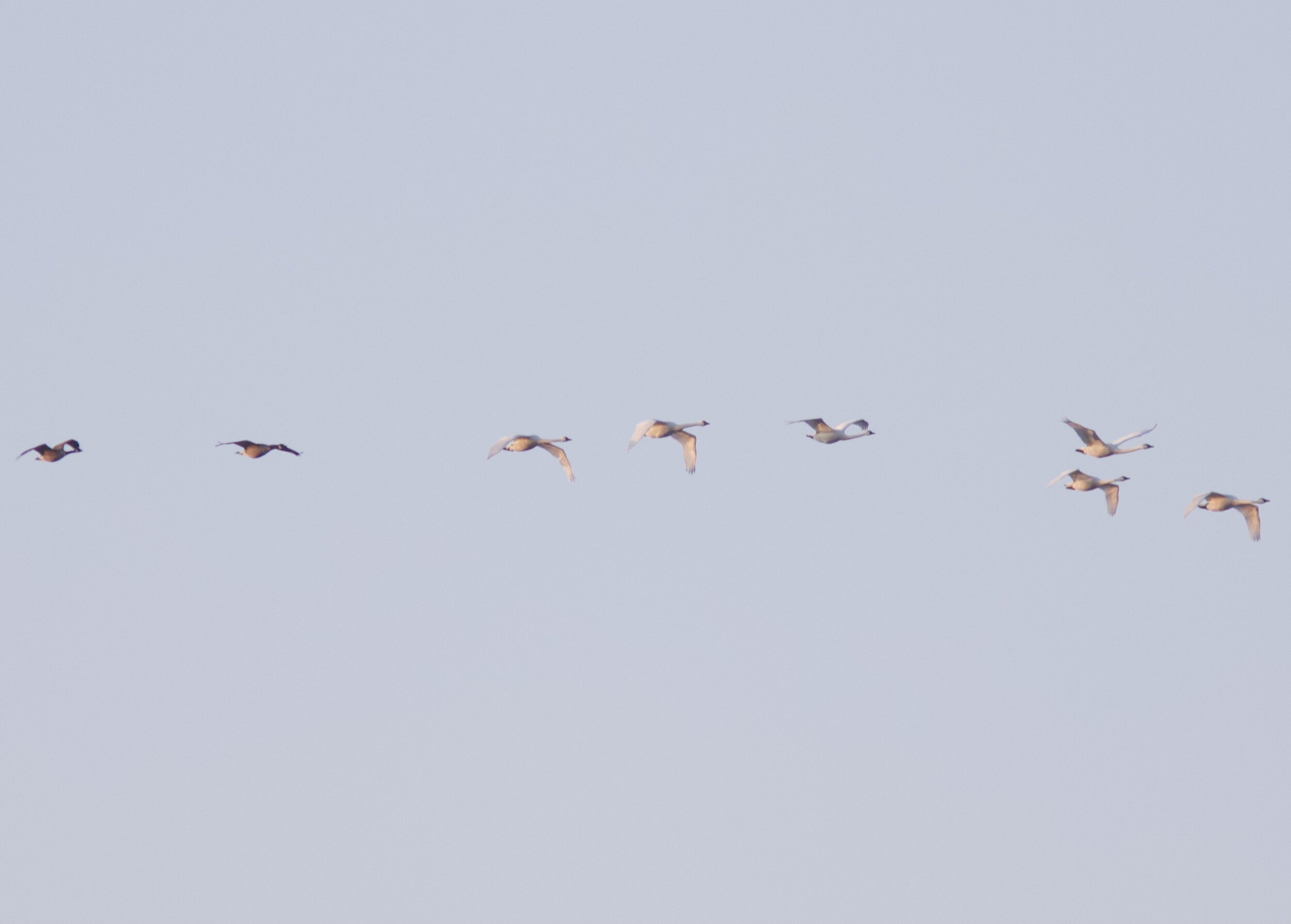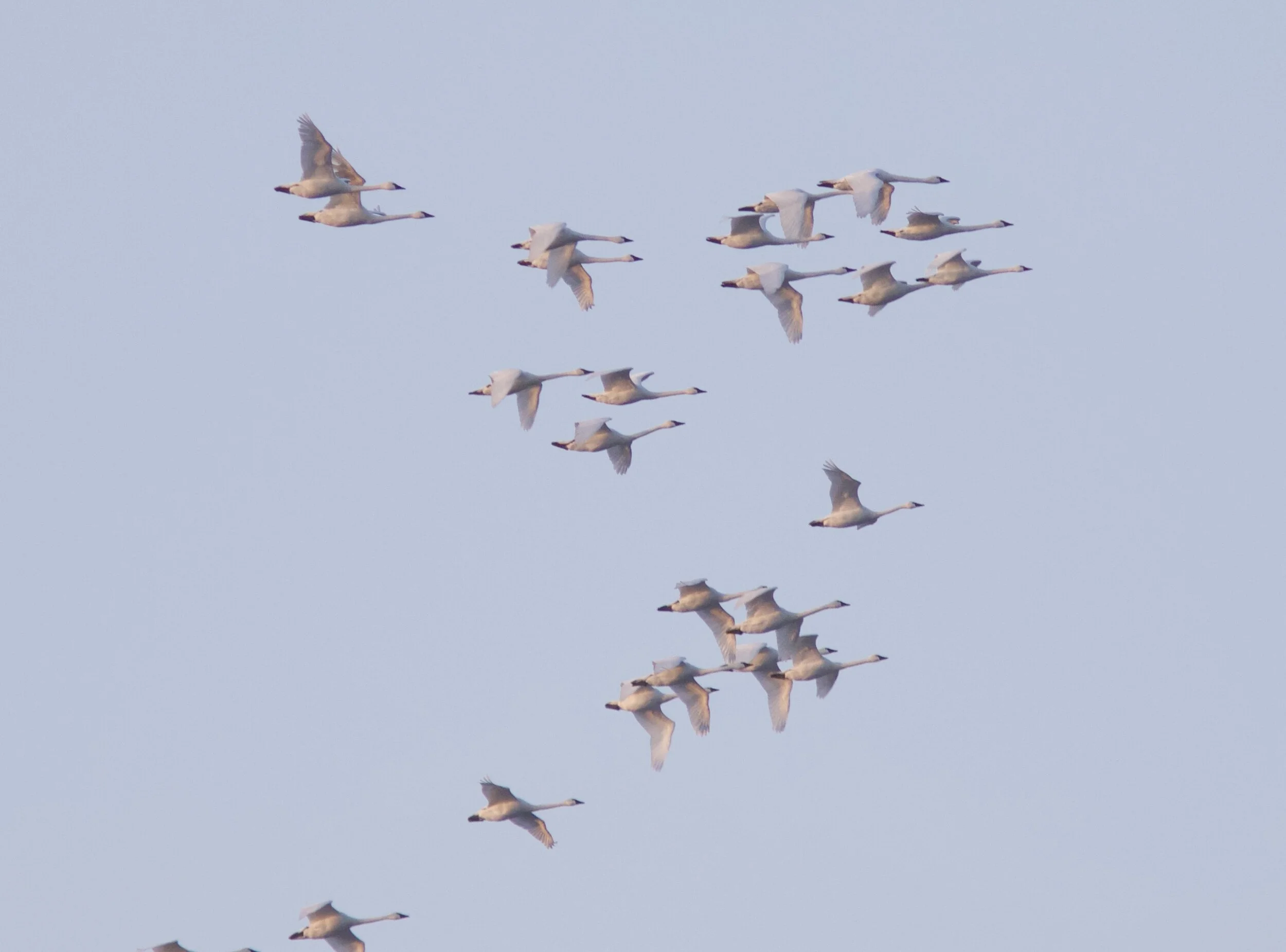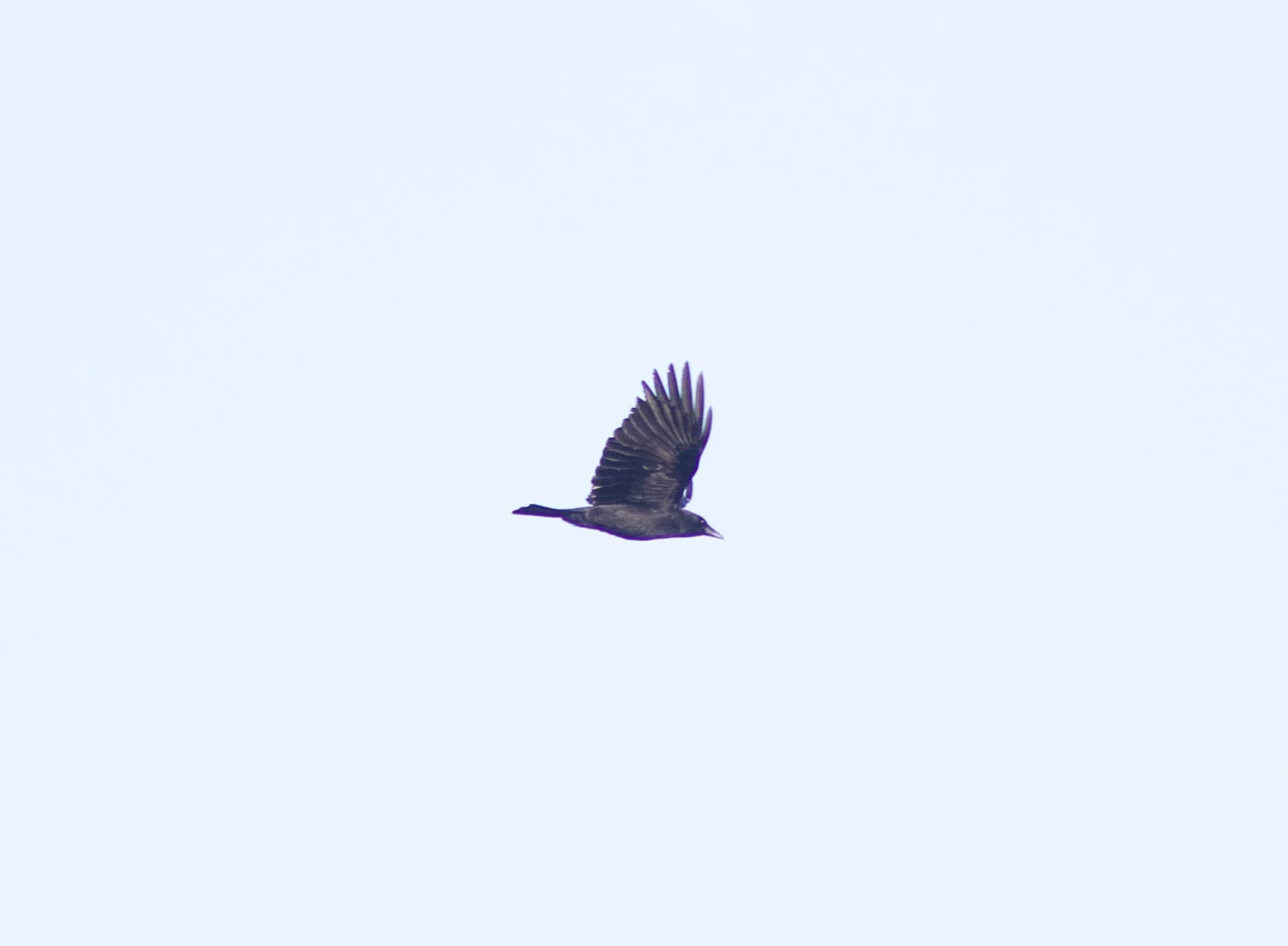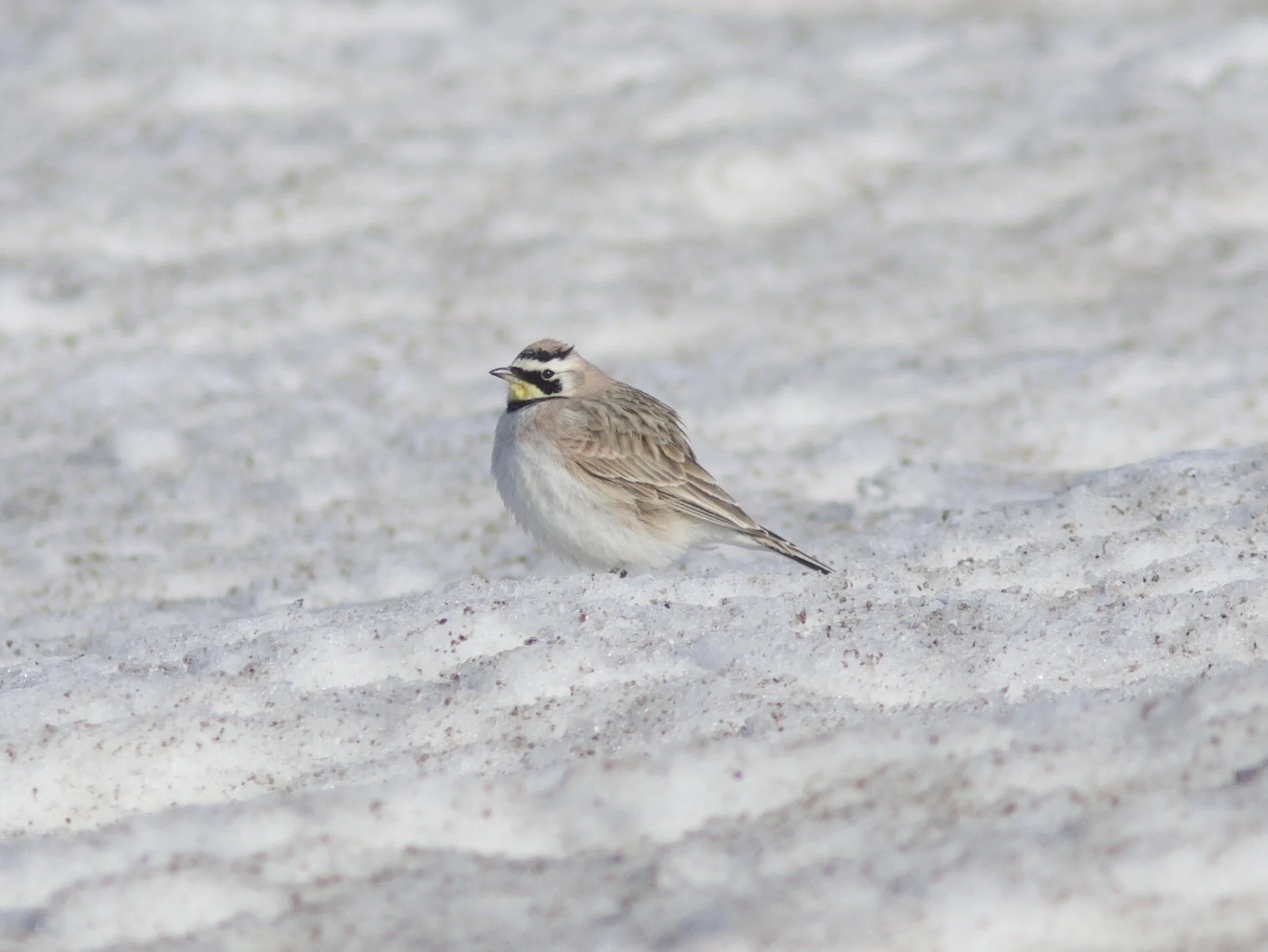2021 Spring Waterbird Monitoring Season Updates
Week One: March 1st- March 5th, 2021
Hello and welcome to the 2021 spring waterbird sightings update. My name is Jason Bojczyk, and I have the great fortune of being this spring’s waterbird monitor for Erie Bird Observatory (EBO). I have had a serious interest in birding since I was a young teen in Michigan, and this hobby has developed into field work throughout the country over these past 12 years, primarily at peninsula migration hotspots. I’ve had the pleasure of working at Whitefish Point (MI), Smith Point (TX), Tussey Mountain, Acadia National Park, Tawas Point (MI), Pointe LaBarbe (MI), and Cape May, primarily involving counting birds. Presque Isle State Park has been on my radar for some time now as a place to go experience the bird migration at, and I am super happy to be able to do so now!
This bird sightings update will be done every ~5 days, providing an overview as the bird migration progresses throughout the season at Presque Isle State Park, including the Tom Ridge Environmental Center. While the primary focus will be on birds, there may be brief updates on other wildlife throughout the season, such as butterflies, mammals, frogs and toads, and turtles to name a few. Other things the blog will include are weather, upcoming new arrivals to be on the lookout for the next 5-day period, attempting to predict the best birding days of the upcoming period, and trail conditions.
GENERAL OVERVIEW OF THE PERIOD:
Apart from waterfowl, it was a rather slow period for migration largely due to the lack of favorable winds, colder temperatures, and it being early in the season. However, Jerry McWilliams found one of the highlights of the season on the 1st in the form of an EARED GREBE. This less than annual spring bird has continued through the 5th. The morning flight was largely non-existent during the period, although the 3rd produced a decent flight involving 691 Canada Geese, 69 Tundra Swans, 5 Killdeer, 79 (migrant) American Crows, the first Eastern Bluebirds (2) of the season, and 1,106 Blackbirds (all categories combined). It was surprising to have such a weak flight of Killdeer, Horned Larks, Bluebirds, Robins, and Blackbirds, given the fairly good conditions.
TRAIL CONDITIONS:
More to come later, and there are several trails I still haven’t walked. Most of the ones that I have walked usually have several sections of significant flooding. Gull Point is dry and accessible via the beach.
WATERFOWL:
The ice cover is changing on a daily basis, but thousands of waterfowl are present each day, the majority of which are in Presque Isle (PI) and Misery Bays. Currently, the most diverse areas are Misery Bay, the northern half of Thompson Bay, Marina Lake, Long Pond (visible from Boat Launch #4), and, to a lesser extent, the Vista 1 Parking Lot.
I have not yet had a chance to spend an entire day just counting/estimating waterfowl throughout the entire park so the numbers/accounts below are not entirely complete.
Over 100 Tundra Swans have been present for several days now in the northern half of Thompson Bay. Peak numbers are likely to occur (probably mostly as flyovers) from the 9-12th. Wood Ducks arrived on the 27th (Andrew M), and I have only seen a handful on two days at Boat Launch #4. Likewise, Northern Shovelers arrived on the 27th (Jay Cooney/Douglas Massey), and fewer than 5 have been detected most days. Two Green-winged Teal arrived on the 2nd and that remains the only time detected thus far. Other dabbling ducks have been present for quite some time now, but are increasing every day. Peak daily counts during the period include: Gadwall (77), American Wigeon (157), Mallard (480), American Black Duck (74), and Northern Pintail (34). Despite the cold and lack of southerly winds the past two days, most of these dabbling duck numbers have still increased during this time. Diving (and sea) ducks have been present throughout the winter, and numbers of some species are on the rise. Peak daily numbers during the period include: Canvasback (1,293) Redhead (1,439), Ring-necked Duck (574, majority in Long Pond), Scaup (1,443), Surf Scoter (4-north pier), Black Scoter (2-north pier, perry monument, leo’s landing), Long-tailed Duck (3-perry monument), Bufflehead (107), Common Goldeneye (205), Hooded Merganser (42), Common Merganser (200), Red-breasted Merganser (182), and Ruddy Duck (20). Surely significantly higher peaks of Canvasback, Redhead, Scaup, Common/Red-breasted Mergansers, and Ruddy Duck are present than recorded. Jamie Hill found a hybrid Common Goldeneye-Hooded Merganser on the 5th near East Pier.
GREBES THROUGH CRANE: The EARED GREBE has been detected each day of the period, and is the clear highlight of this group. A lone Pied-billed Grebe was present at Duck Pond on the 2nd. Twenty-two Mourning Doves were present during the morning flight on the 3rd, but most didn’t appear to be migrating. American Coot has been mostly steady in numbers, with a peak count of 51 on the 4th.
SHOREBIRDS, GULLS AND TERNS: The only shorebird species has been Killdeer (7), detected on just the 3rd. Thousands of Ring-billed Gulls are throughout the park, predominantly on PI Bay, along with hundreds of Herring Gulls. Despite having gone through thousands of gulls while doing the waterbird monitoring counts, I have only come across 2 Bonaparte’s Gulls (Leo’s landing-the 2nd) and a Lesser Black-backed Gull today (the 5th). However, there is a large portion of the bay with gulls present that I have not gone through yet, so perhaps diversity is better than indicated.
LOONS THROUGH HERONS: Double-crested Cormorant (peak of 30) and Great Blue Heron (peak of 19) were the only species detected in this grouping. The former is increasing.
RAPTORS: Turkey Vulture arrived on the 26th, with a peak of 12 on the 3rd (Jerry McWilliams). A Cooper’s Hawk has occasionally been seen, along with daily Red-tailed Hawks and Bald Eagles.
KINGFISHER THROUGH LARK: The 24 Horned Larks Jerry McWilliams had while hawk watching on the 24th were the first of the season. They have been near daily throughout the period. 148 American Crows on the 3rd was the only other notable in this category.
SWALLOW THROUGH SNOW BUNTING: Eastern Bluebird (2) arrived on the 3rd, the only new arrival of this category. Golden-crowned Kinglet, Brown Creeper, Winter Wren, Carolina Wren, and American Robin occur in low numbers most days throughout the park. The European Starlings at Perry Monument are among the most talented I’ve ever come across. They are doing spot-on imitations of Red-tailed Hawk, American Kestrel, Killdeer, Eastern Meadowlark, and Solitary Sandpiper.
SPARROWS AND BLACKBIRDS: Common Grackle was first detected on the 27th (Andrew M) and hundreds can now be seen most days in the morning, and especially, the evening. Several dozen are usually around the feeders near Lily Pond. Hundreds to over 1,000 Red-winged Blackbirds are flying overhead each evening, occasionally perching in trees between the entrance and public safety building. Song Sparrows remain in low numbers and have yet to reach double-digits.
WARBLERS AND OTHER: Yellow-rumped Warblers are present in very thin numbers throughout the park.
MAMMALS: The clear highlight of the period was a Coyote on the 3rd. As expected, White-tailed Deer are present each day, while Beaver and Muskrat have been recorded on about half the days. A Chipmunk was seen on one occasion, a species I hadn’t seen for the year before leaving Michigan.
BEST OF THE NEXT 5 DAYS/WEATHER: Winter will have one last (hopefully!) grasp on us for the next few days, as we will be around 30F for the high the next 2 days. After that, spring migration will be full on, with the high temps ranging from 49-57F Monday through Wednesday, with southerly winds each day. Each of these days will be excellent for early migrants, with Wednesday currently looking like the best day, followed by Tuesday. Tuesday might feel like the better day overall though, as the winds are not supposed to be nearly as strong as Wednesday.
EXPECTED NEW ARRIVALS: During the next 5 days it is likely that Snow Goose, Cackling Goose, (decent chance of Greater White-fronted or Ross’s Goose,) Brown-headed Cowbird, American Woodcock, Eastern Meadowlark, Blue-winged Teal, Tree Swallow, Lapland Longspur (mostly in morning flight) Field Sparrow, Fox Sparrow, and Rusty Blackbird will all arrive (It is probable that Cowbird, Woodcock, and Rusty Blackbird have already arrived). Waterfowl, Killdeer, Turkey Vulture, Bald Eagle, Red-shouldered Hawk, Red-tailed Hawk, American Crow, Horned Lark, American Robin, Snow Bunting, Dark-eyed Junco, Song Sparrow, and all Blackbirds should all increase substantially compared to the daily numbers they’re at now.
